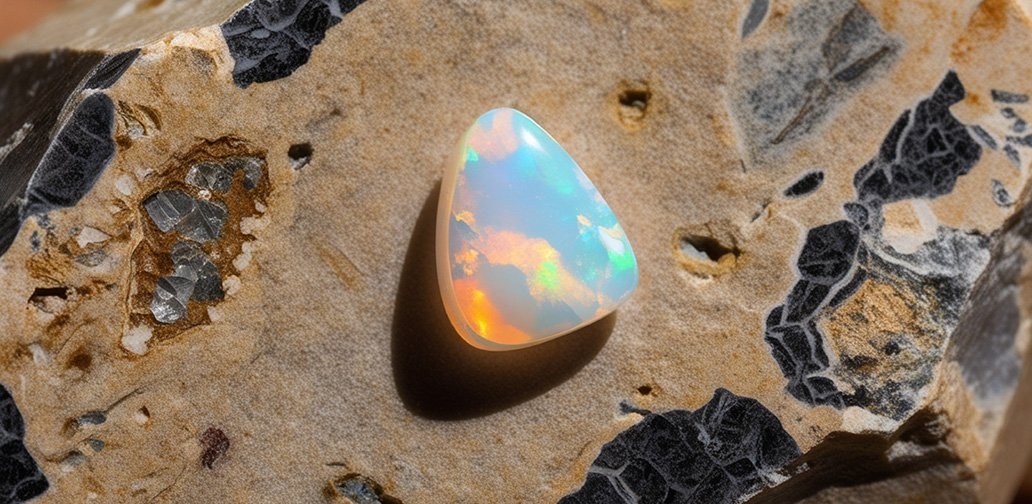We reach more than 65,000 registered users in Dec!! Register Now

A Colloidal Crystal Model for Controlled Polymorph Selection
- May 27, 2025
- 2 Views
- 0 Likes
- 0 Comment
Polymorphs are not mythical, chimeric beasts - they are substances with identical chemical compositions but differing crystal structures that also exhibit different physical and chemical properties. What this means for practical use, is that companies often want to create a certain polymorph - but not the others. Researchers at Tohoku University took a deep dive into using colloidal crystallization as a model system to figure out how to achieve that fine control over specific polymorph formation.
Zoom in on a crystal at a microscopic level, and you'll find that what makes it unique is its highly ordered structure. A colloidal crystal has a similar ordered structure, but with the addition of suspended, submicron-sized particles. These special crystals are regarded as a good model of phase transition, and versatile materials for a wide range of scientific and industrial applications. However, the mechanisms behind polymorph selection during the crystallization process are not fully understood. One of the goals of this study was to reveal novel insights about these mechanisms.
"The ability to control the growth of specific crystal polymorphs is essential in fields like materials science and pharmaceuticals," says Jun Nozawa (Tohoku University). "Any change to the polymorphs results in changes to product performance and functionality, so being able to confidently select for a specific polymorph is crucial."
The final products were found to be governed by polymorph transitions. They found that the probability of a certain polymorph occurring was driven by size and cluster stability. Particle additives were able to effectively control polymorph formation as well.
"These factors we analyzed can be used in principle to help create the desired polymorph, depending on the situation. This opens new pathways for polymorph regulation technologies," remarks Nozawa.
This research has advanced the understanding of polymorph control, providing insights applicable to material fabrication and drug development. These findings emphasize the significance of cluster dynamics and growth rates beyond thermodynamic stability for polymorphic crystal selection.
These findings were published in Communications Physics on April 9, 2025.
List of Referenes
- Jun Nozawa, Masahide Sato, Satoshi Uda, Kozo Fujiwara. Polymorphic transitions during nonclassical nucleation and growth in the colloidal heteroepitaxy. Communications Physics, 2025; 8 (1) DOI: 10.1038/s42005-025-02062-9
Cite This Article as
No tags found for this post









